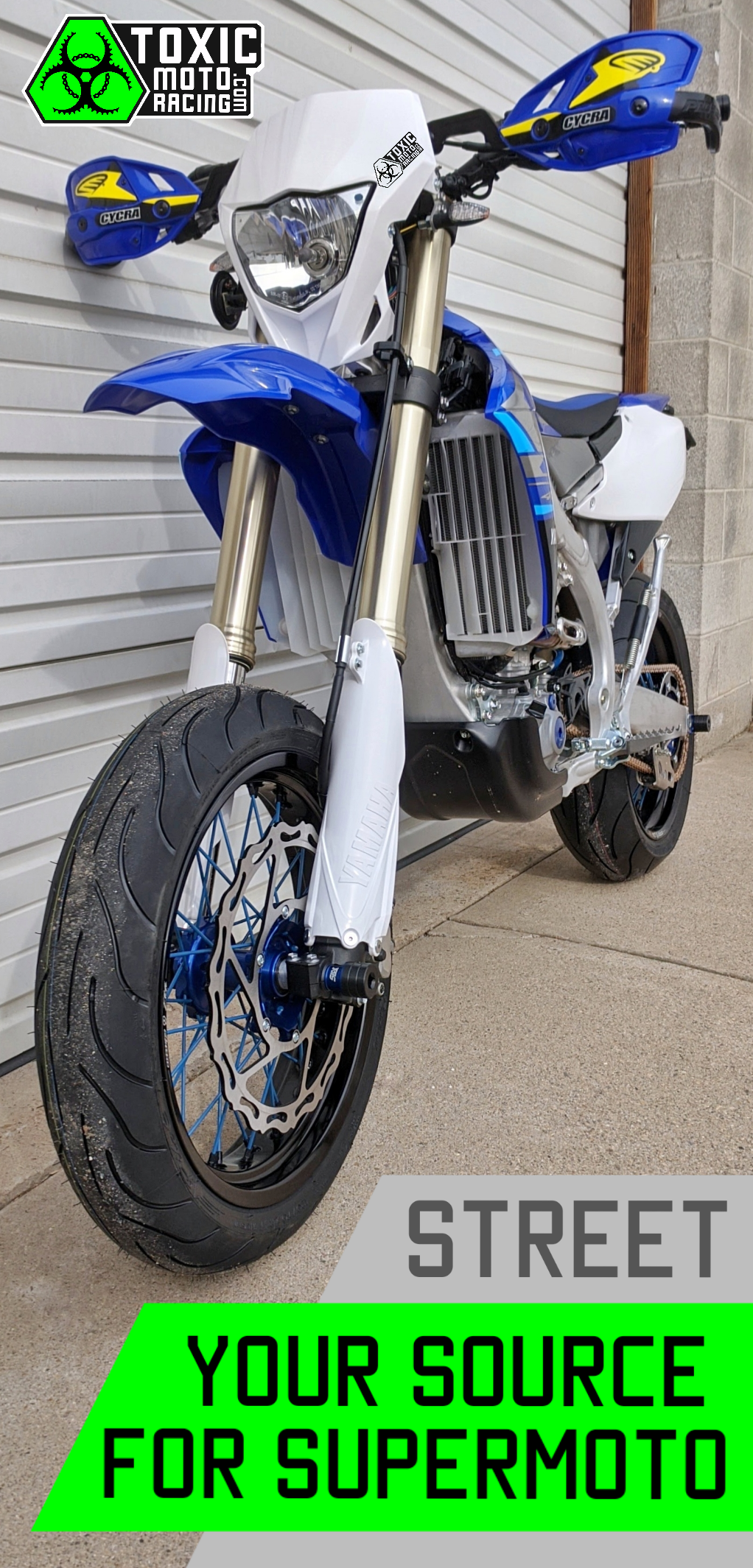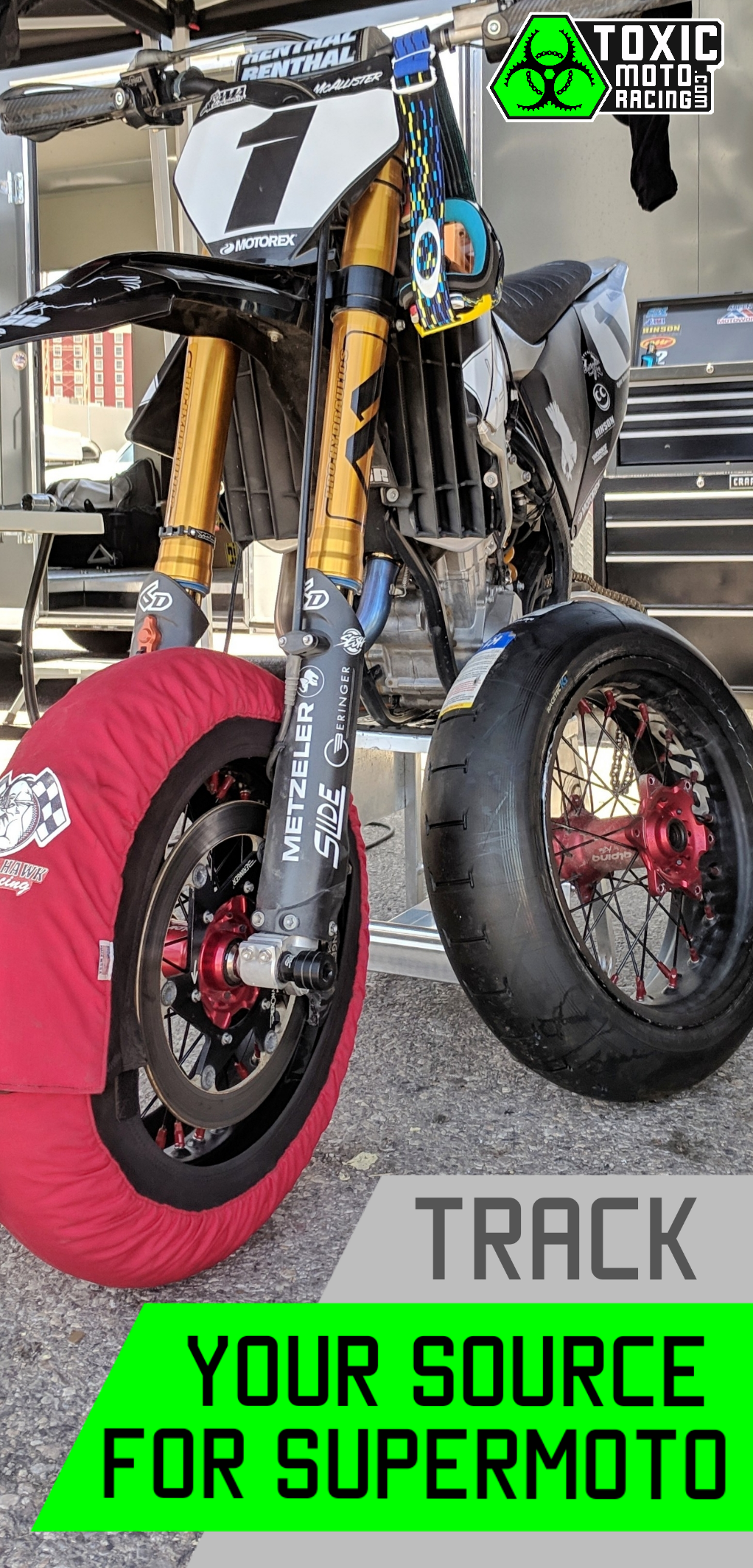Ahhh Nuts! ...And Bolts
Did you strip a fastener and need to order another? Curious about how to measure your bolt (not that bolt)? Or do you just need something interesting to read? Great, this article should help if you've answered yes to any of those questions.
There are an endless number of fasteners out there, so we'll keep things relatively simple by covering some of the more common types used on our favorite two-wheeled money pits. We'll cover the types of hardware and their common uses, how to measure bolts, and touch on grades of strength.
Fastener Types:
The Bolts:
- Hex - Commonly found with a Flange that makes it easier to push the bolt into place with a socket wrench tool. These are used on many areas of a motorcycle.
<insert picture with standard and flanged hex> - Socket Cap - These are commonly used in tight spaces where the head of the bolt is recessed down in a hole. The Socket Key (or allen wrench) provides access to the sometimes hard to reach bolt head. They are also commonly made in higher grades for a stronger strength rating.
<insert picture with socket, low pro socket, and flanged socket> - Flat Head - This is used where there is no room for the head of a bolt to sit above the component surface. You'll commonly see these on sprockets and brake rotors.
<insert picture with flat head socket and torx head socket> - Shoulder - These are used in a few places, from brake rotors, to pivoting suspension linkages. They allow you to attach moving objects to fixed objects, because the smaller threaded end goes through the fixed object without the nut compress against the rotating object on the larger shoulder.
<insert picture with shoulder and flanged shoulder>
The Nuts:
- Standard Hex or Flanged Hex
<insert picture with variations> - Locking Features can include Fuji, Nylon, Crimped, Serrated Flange, Safety Wiring
<insert picture with variations>
Measuring:
It helps to know how to properly measure fastener hardware because this is one area that mistakes are commonly made. Firstly, threaded bolts and nuts are identified by Nominal Sizes, which is simply a named identification that represents a size. Sometimes that means the exact dimension is slightly different. (Ex #1: M6 threads do not measure 6mm in diameter, but rather slightly smaller due to the fitment tolerances of thread design.) (Ex #2: A 25mm axle diameter usually measures slightly less to fit inside a bearing witch is measures on the 25mm mark.)
- Thread Diameter is the nominal size of the bolt. Ex: An M6 bolt is the nominal diameter, despite the actual threads measuring slightly smaller than 6mm.
<insert picture of calipers on M6 bolt & bolt gauge tool> - Thread Pitch determines how coarse or fine the threads are. For metric threads, the length of one thread denotes the pitch (measured from one thread peak to the next). SAE threads are determined by the number of threads along one inch of the bolt. The easiest way to properly determine thread pitch is with a thread pitch gauge.
<insert picture of thread pitch gauge> - Nominal Length is measured from the mating surface of the head, to the end of the bolt. Remember, this does not usually include the head of the bolt! In the case of a tapered mating surface like a Flat Head bolt, that entire tapered surface is included in the nominal length of the bolt. Shoulder bolt nominal length will include the length of the shoulder, as well as the threads.
<insert picture of overlapped bolts showing nominal length> - Grade of Strength determines the tensile and shear strength of the bolt. You may see 8.8 and 10.8 on metric bolts, whereas SAE may have special markings on the head to show Grade 5, Grade 8, etc. For high-load applications like a brake rotor, you'll want strong bolts!
<insert picture of bolt head 8.8, 10.8> - Material is another important property of fasteners. Softer materials like aluminum are not as widely used other than aftermarket replacements for body bolts and other low-stress applications. Stainless steel is fairly strong, but offers the best rust/corrosion resistance without the need for any coating. Regular Steel alloys can beat Stainless Steel for as a stronger material, but they require protective coating like zinc plating to resist rust and corrosion. Titanium is king when it comes to the balance of weight and corrosion resistance. It's usually 40-50% lighter than steel but just as strong if not stronger, and it resists corrosion very well.
<insert picture of different materials>
Specialty Hardware:
Beyond the basics, you can get into many other specialty areas, but one that we often see is on the racing side with pre-drilled hardware. This allows you to wire a series of bolts together to prevent them from coming loose. Not just for racing, it can be a great peace of mind for a trackday rider, someone who puts down a lot of miles on the street, or an offroad rider who prefers not being stranded in the middle of the desert.
<insert picture of safety wired bolts>
Need Hardware For Your Bike?
Search your bike at the top of the page to find things like replacement rotor bolts and pre-drilled bolts for safety wiring. Happy wrenching!




